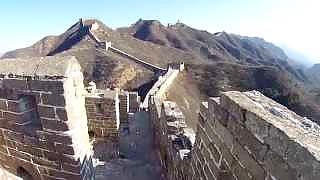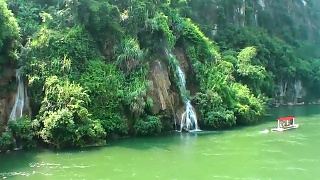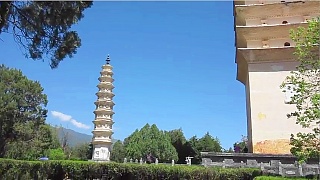 The classical gardens of SuZhou, JiangSu 苏州 (Scenic China Special, 2018 – 6)
The classical gardens of SuZhou, JiangSu 苏州 (Scenic China Special, 2018 – 6)
Related Videos
Featured Videos

|
Provincial capital of AnHui.
Bonus film - HeFei University of Technology ...
|

|
JinShanLing to SiMaTai, north east of Beijing city.
The last film shows various sections of the Great Wall as seen from a 'toy' helicopter.
If you can, please support this site with a donation - thank you !
|

|
Between YangShuo and GuiLin, GuangXi province.
|

|
With Wei's Travel ...
Bonus film - West NanJing Road - with Walk East ...
|

|
春暖花开,来上一锅享誉巴蜀的盐排骨可好?
ZiQi wrote the following when she released this video on Chinese social media on father's day 2016 :
I don't have a signature dish. I just heard from grandma that you liked it.
I don't remember your face, but there's always a silhouette in my head, and I know that it's you.
It hasn't been easy without you by my side.
It's been twenty two years. I really miss you.
Her father passed away when she was a young child. The background song is by an artist named 薛之谦 and is called 我好像在哪见过你 - I think I have met you somewhere ...
|

|
With EuroSport ...
Bonus film ...
ONE WORLD - ONE FAMILY
It is not about ME - it is about WE.
As with a snowflake, when the parts come together, the whole is so much greater than the sum of the parts.
Thank you BeiJing - plus the IOC and Thomas Bach - it was awesome : )( :
|

|
With Expat Natt ...
Bonus film - ZhuJiaJiao water town, just outside ShangHai (one can travel there by metro) : with Eoin and Aisling ...
|
Tag search ?

 The classical gardens of SuZhou, JiangSu 苏州 (Scenic China Special, 2018 – 6)
The classical gardens of SuZhou, JiangSu 苏州 (Scenic China Special, 2018 – 6)
 The classical gardens of SuZhou, JiangSu 苏州 (Scenic China Special, 2018 – 6)
The classical gardens of SuZhou, JiangSu 苏州 (Scenic China Special, 2018 – 6)





